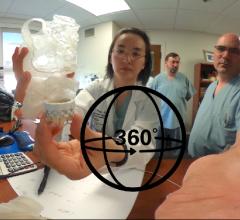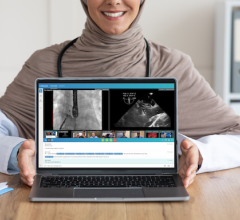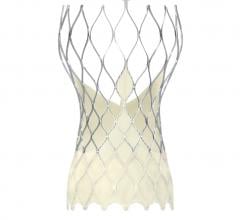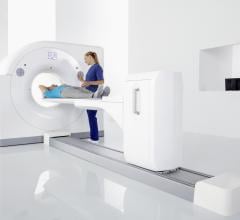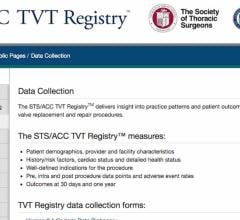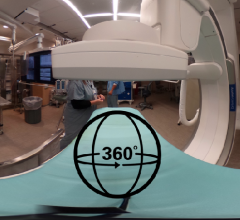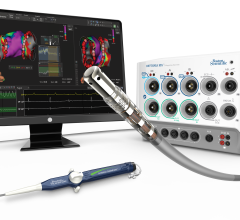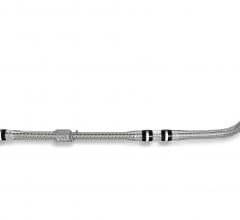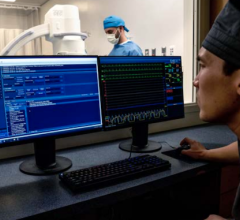Philips announced a collaboration with Medtronic to further advance treatment of paroxysmal atrial fibrillation (PAF), a common heart rhythm disorder. Through the agreement, Medtronic will facilitate sales of products on behalf of Philips to provide an integrated image guidance solution for cryoablation procedures. Philips will bring to market the novel KODEX-EPD cardiac imaging and navigation system with cryoablation specific features to enable electrophysiologists to perform cryoablation procedures with reduced need for X-ray imaging.
Even though many medical practitioners may opt not to perform procedures on higher-risk patients, new research finds it may be a good idea for those who suffer from both atrial fibrillation and heart disease.
This 360 degree photo shows Dee Dee Wang, M.D., director of structural heart imaging, Henry Ford Hospital, Detroit, Mich ...
Providing exceptional cardiovascular care for patients to achieve the best possible outcomes is the number one goal for ...
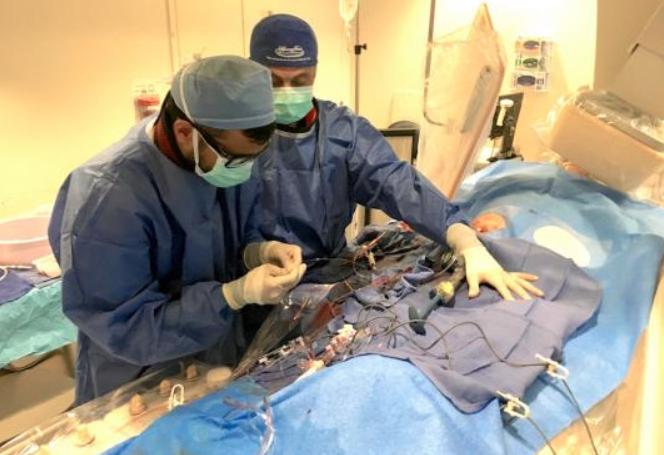
May 8, 2019 — The Society for Cardiovascular Angiography and Interventions (SCAI) 2019 Scientific Sessions will take ...
Transcatheter aortic valve replacement (TAVR) has been studied as an alternative to surgical aortic valve replacement in high and intermediate-risk surgical patients for more than five years. A new clinical trial, one of two studies on the topic presented at the American Association for Thoracic Surgery’s 99th Annual Meeting, May 4-7 in Toronto, finds the procedure to be equivalent or potentially preferable to surgical aortic valve replacement (SAVR) for low-risk patients.
The U.S. Food and Drug Administration (FDA) issued a safety communication to alert healthcare providers and patients about issues that may cause batteries in certain Medtronic implantable pacemakers or cardiac resynchronization therapy pacemakers (CRT-Ps) to drain more quickly than expected without warning.
Cardiac positron emission tomography (PET) is growing in popularity among cardiologists because it provides the ability ...
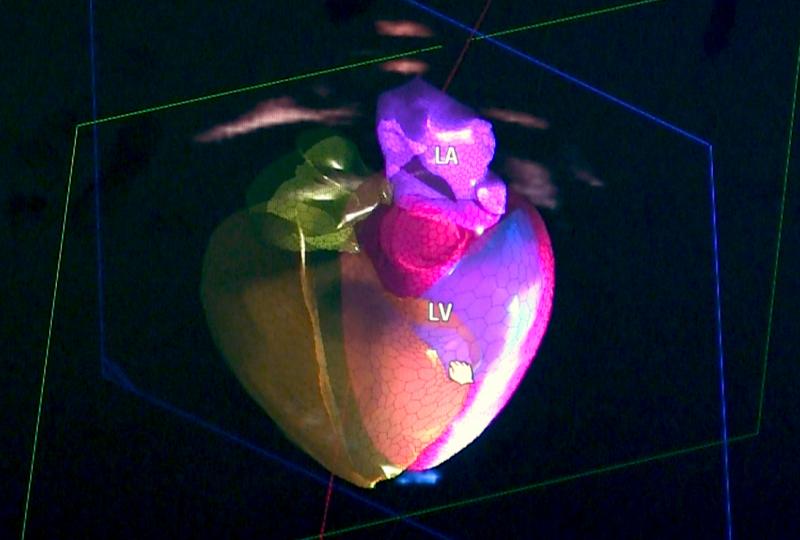
Artificial Intelligence has a multitude of impacts on our daily lives, from recommending movies based upon your Netflix ...
John Carroll, M.D., FACC, FSCAI, director of interventional cardiology and co-director of the Cardiac and Vascular ...
This is a 360 degree image showing the main hybrid cath lab at Henry Ford Hospital in Detroit, which is used for most of ...
When performing radiofrequency (RF) ablation to treat cardiac arrhythmia, medical professionals must balance the safety ...
Medtronic has received U.S. Food and Drug Administration (FDA) approval for the Attain Stability Quad MRI SureScan left heart lead. Paired with Medtronic quadripolar cardiac resynchronization therapy-defibrillators (CRT-D) and -pacemakers (CRT-P), the Attain Stability Quad lead is the only active-fixation left heart lead, according to the company, and is designed for precise lead placement and stability. The lead will be commercially available in the U.S. in summer 2019.

As the National Association of County and City Health Officials state, healthcare breaches remained to be costly and ...
Abbott announced the launch of a new, smarter heart monitor for better arrhythmia detection — positive news for people at risk for irregular heartbeats. Now with CE Mark in Europe and U.S. Food and Drug Administration (FDA) clearance, the next-generation Confirm Rx insertable cardiac monitor (ICM), a paperclip-sized implantable device, combines smartphone connectivity and continuous, remote monitoring to track unpredictable heart rhythm problems for fast and accurate diagnosis.
Change Healthcare Cardiology Hemodynamics is an integrated hemodynamic monitoring system for monitoring vital signs and ...
May 6, 2019 — The U.S Food and Drug Administration (FDA) has cleared the Boston Scientific Vici Venous Stent System for ...
May 6, 2019 — The U.S. Food and Drug Administration (FDA) approved tafamidis meglumine (Vyndaqel) and tafamidis ...
Bioengineers have cleared a major hurdle on the path to 3-D printing replacement organs with a breakthrough technique for bioprinting tissues. The new innovation allows scientists to create exquisitely entangled vascular networks that mimic the body's natural passageways for blood, air, lymph and other vital fluids.


 May 09, 2019
May 09, 2019

